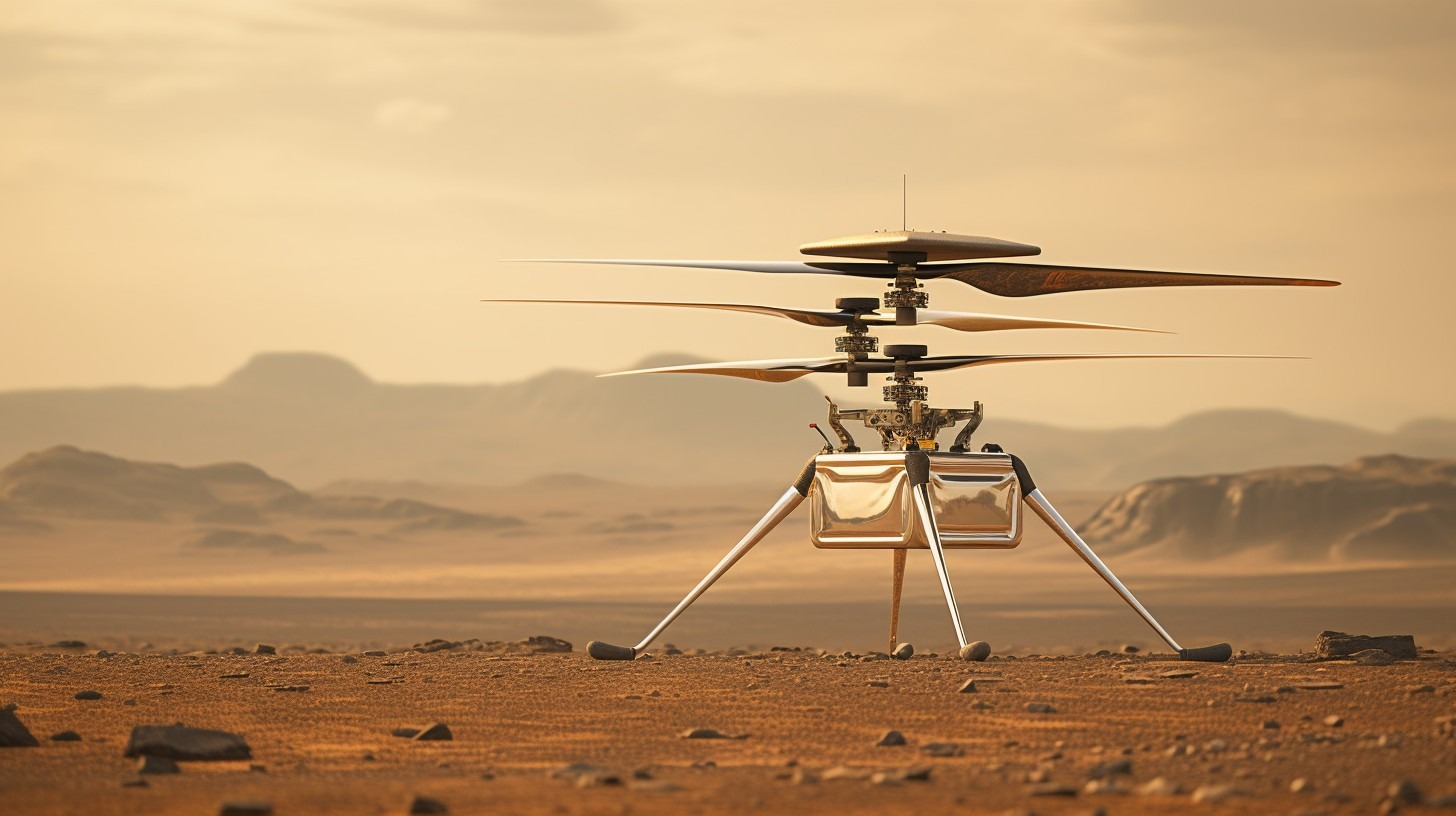The NASA Ingenuity helicopter has resumed its flights on Mars after a month-long loss of communication with Earth. This aircraft, resembling a drone, woke up and flew 393 meters, it was in the air for more than two minutes. After a long stay on the surface, the helicopter rose to an altitude of 11.9 meters and reached a speed of 20 km/h, demonstrating excellent efficiency.

NASA announced the successful 67th flight of Ingenuity in a post on social media. The break in flights was due to the solar conjunction, during which Mars was on the opposite side of the Sun, which blocked any communication between the planets.
Success!
Ingenuity completed Flight 67 over the weekend, flying 393 meters for more than two minutes. The #MarsHelicopter repositioned itself to get ready for future flights. https://t.co/1CXIWdYIAQ pic.twitter.com/EssZi3LEEF
— NASA JPL (@NASAJPL) December 4, 2023
This phenomenon occurs every two years and affects NASA’s Mars missions. This is the second case of exposure to the latest Mars mission involving the Perseverance rover. Other NASA’s Mars vehicles – the Curiosity rover and three Mars orbiters – have been working on and near the planet for much longer and have already successfully survived several solar solar conjunctions.
Ingenuity’s impressive operability
Ingenuity impressed with its productivity by becoming the first aircraft to perform a controlled flight on a planet other than Earth in April 2021. NASA plans to develop even more advanced aircraft for future missions to Mars and other planets. Recently, the agency conducted tests of Ingenuity-2.
Ingenuity arrived at Mars as a technological demonstration for five test flights. But after successful work, the JPL team uses it to collect aerial photographs of the Martian surface using an onboard camera. These images are used to plot safe and efficient routes for Perseverance, an advantage not available to previous missions such as Curiosity, Spirit and Opportunity.
Perseverance continues to explore the Martian surface in search of evidence of ancient microbial life. Scientists plan to send some of the collected samples to Earth for detailed analysis.
Earlier, we reported on how Ingenuity reached a record flight speed on Mars.
Follow us on Twitter to get the most interesting space news in time
https://twitter.com/ust_magazine


